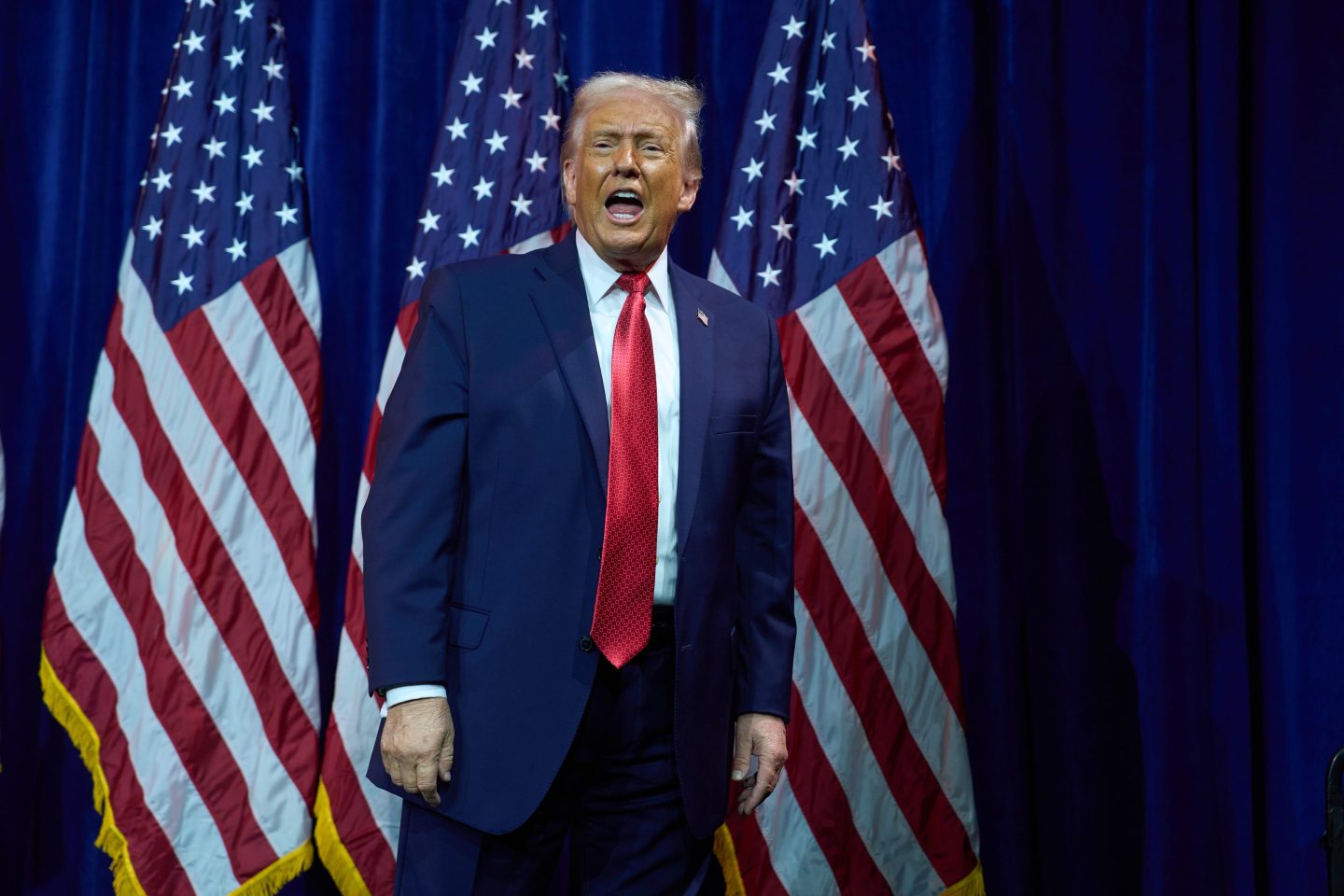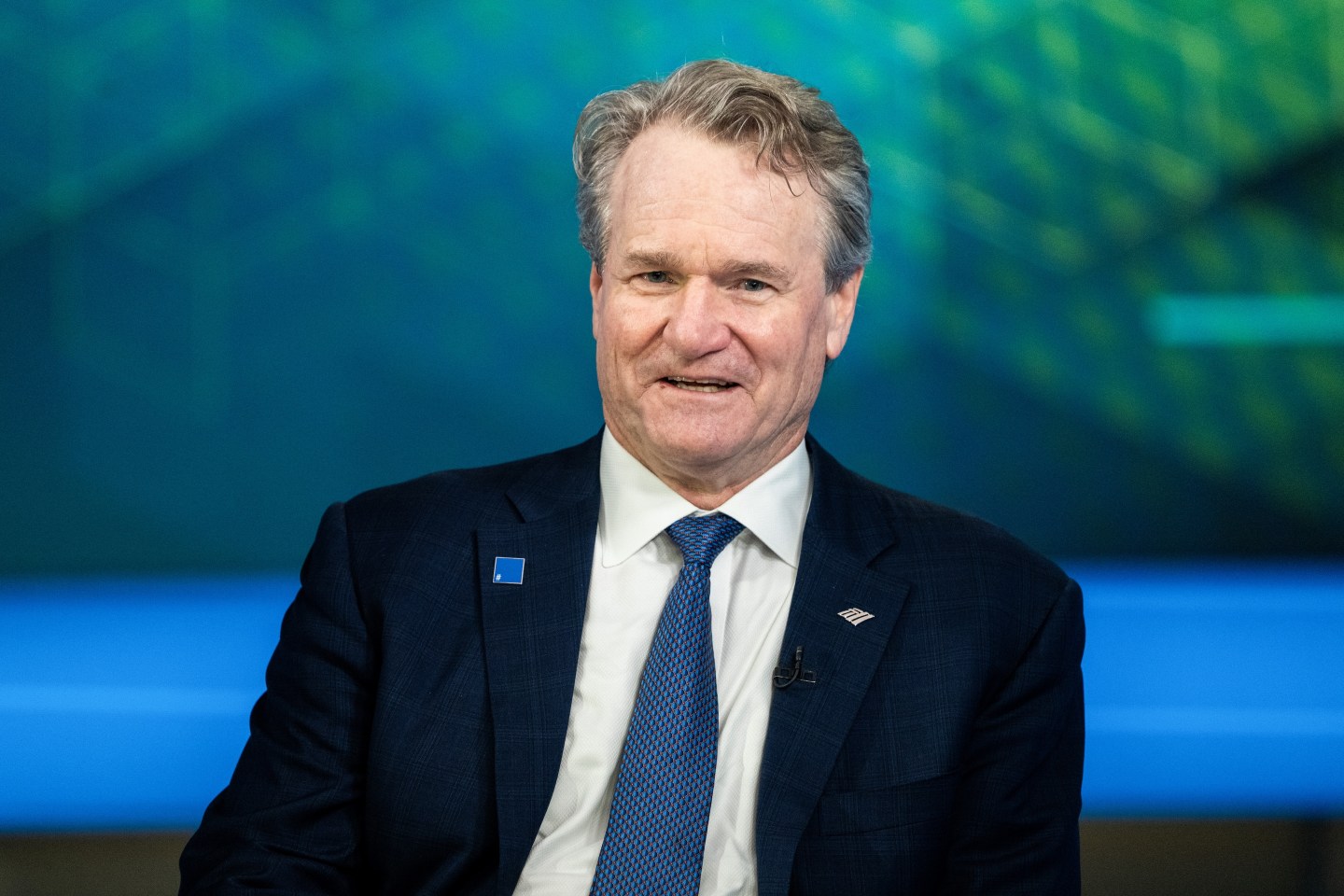U.S. equities rose Friday after Federal Reserve Chair Jerome Powell signaled that the central bank could begin unwinding its monthly bond purchases by year-end.
In a highly anticipated speech during the Kansas City Fed’s annual Jackson Hole conference, this year done virtually, the head of the U.S. central bank said “substantial further progress” has been met for inflation and that the country is making “clear progress” on getting people back to work—requirements that the Fed had previously set out for itself to begin considering tapering its activity in the bond market.
“Tapering of bond purchases is coming, and coming this year, but we’re not there yet,” Bankrate chief financial analyst Greg McBride said in a statement after Powell’s remarks. McBride said he expects that economic data set to be released in the coming weeks could end up triggering an official tapering announcement at the Fed’s late-September meeting.
Stocks rose quickly after Powell’s remarks. The S&P 500 reached more than 4,500, while the Nasdaq 100 surpassed 15,400—marking all-time highs for both benchmarks. In the bond market, Treasury yields fell. The yield on 10-year Treasuries was down roughly three basis points, as of 11:10 a.m. ET. Cryptocurrencies like Bitcoin and Ethereum seemingly jumped on the news, too.
In a research note, Bank of America Securities U.S. economist Michelle Meyer and rates strategist Mark Cabana wrote that Powell’s remarks were largely consistent with expectations and that they believe tapering will be officially announced at the Fed’s November meeting, depending on the next jobs report.
Powell did indicate there is still risk that could lie ahead from the largely unabated spread of the COVID-19 Delta variant, and that with “substantial slack” still in the labor market, tightening policy too soon could be “particularly harmful.” Adding to the potential pressures is the still lingering threat of inflation, which, though Powell continues to see as transitory, cannot be taken for granted, the Fed chair said.
“Central banks have always faced the problem of distinguishing transitory inflation spikes from more troublesome developments, and it is sometimes difficult to do so with confidence in real time,” Powell said. “At such times, there is no substitute for a careful focus on incoming data and evolving risks. If sustained higher inflation were to become a serious concern, the Federal Open Market Committee would certainly respond and use our tools to assure that inflation runs at levels that are consistent with our goals.”
While the Fed may soon cut down on its bond purchases, Powell was clear that the market should not be interpreting the move as a “direct signal” about when interest rate hikes could be back on the table. That will only happen, Powell said, once the economy reaches conditions definitely consistent with maximum employment and where inflation has reached 2% and is on track to “moderately” exceed it for “some time.”
“Ultimately, the Fed is attempting to wean the economy off the unprecedented amounts of monetary stimulus without upsetting markets, and the over-transparent process is their attempt to do so,” Allianz Investment Management senior investment strategist Charlie Ripley said.











